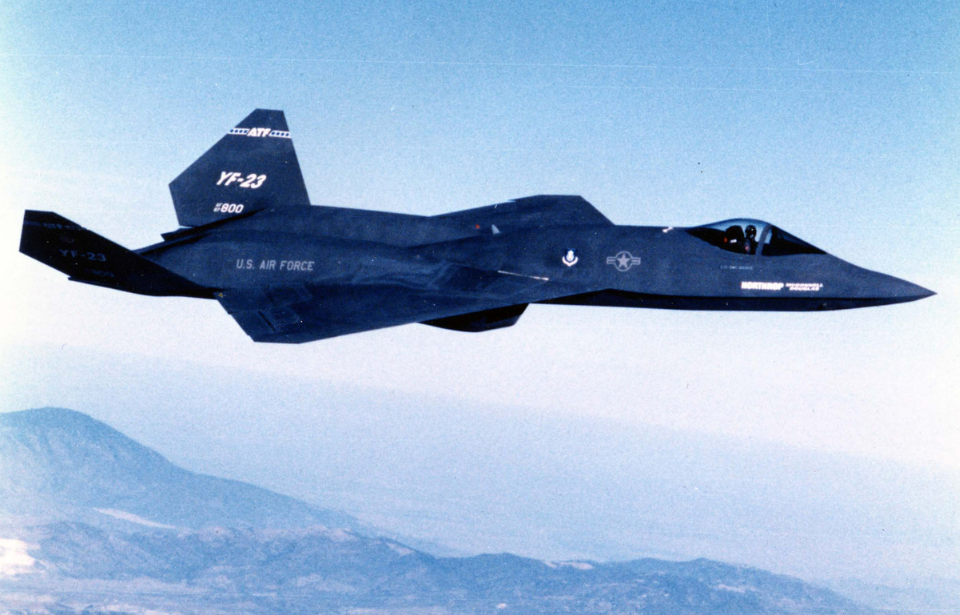Northrop (today Northrop Grumman) is among the most famous military aircraft producers in North America, so it’s no surprise the company became involved in developing a potential replacement for the McDonnell Douglas F-15 Eagle. It’s entry, the YF-23 (dubbed the “Black Widow II”), went up against a design by Lockheed, and while it ultimately wasn’t chosen, it remains a unique entry in fighter aircraft history.
Replacing the McDonnell Douglas F-15 Eagle
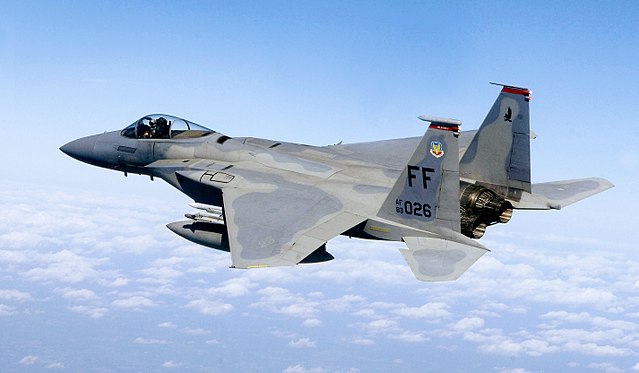
The Northrop YF-23 came about as part of the US Air Force’s Advanced Tactical Fighter (ATF) program. The aim was to develop a replacement for the F-15 Eagle, which had been in service since the mid-1970s and was beginning to show its age against Soviet-produced fighters, such as the Mikoyan MiG-29 and the Sukhoi Su-27.
What did the ATF program require? For starters, the new aircraft needed air superiority and ground attack capabilities, thereby making it all-around effective in aerial combat. It also needed to make use of technological advancements in stealth, power and flight-control systems.
Developing the Northrop YF-23
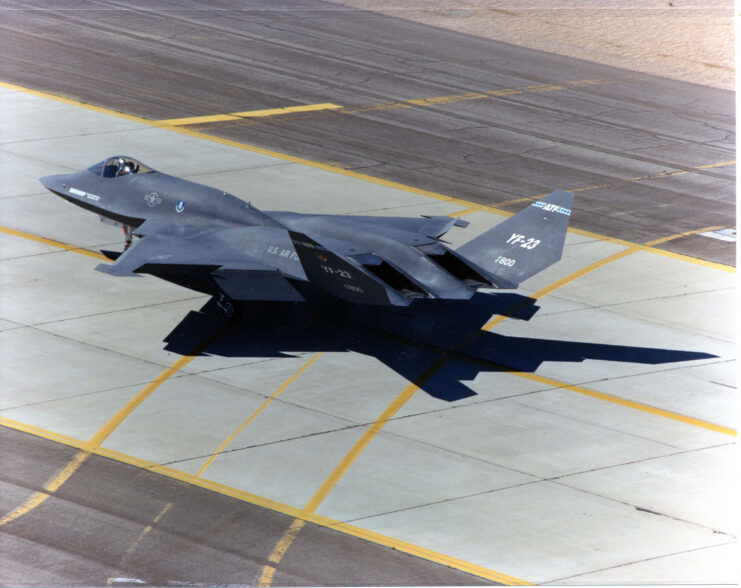
Working together in McDonnell Douglas, the Northrop Corporation was one of two companies chosen by the US Air Force to put together a prototype for consideration. The other was Lockheed, which partnered with both General Dynamics and Boeing.
Right off the bat, there were differences in how both sides approached the project. Lockheed opted to focus on agility – basically, making the aircraft easily maneuverable in-flight – while Northrop believed there needed to be more of an emphasis on stealth and speed. This proved to be a labor-intensive process, with engineers working to balance stealth and aerodynamic performance.
The resulting product was a diamond-winged aircraft. This particular shape was chosen because it minimized radar detection.
Northrop YF-23 specs.
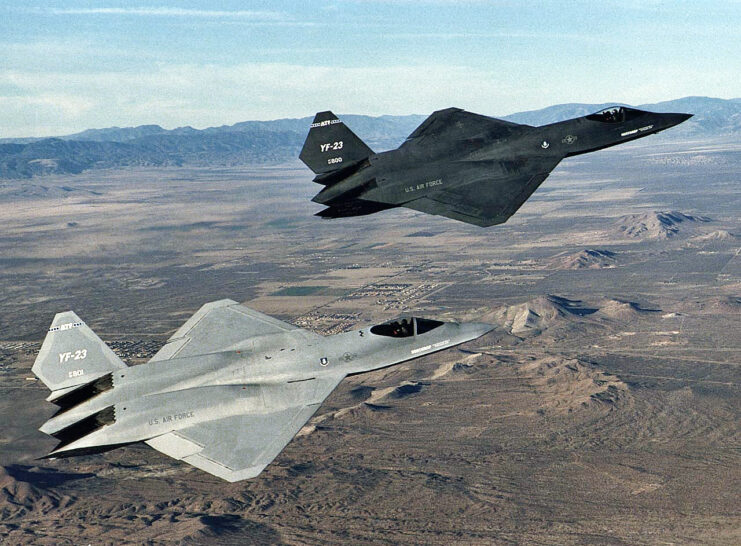
As aforementioned, the Northrop YF-23’s diamond-wing design reduced its radar cross-section, making it more stealthy than its predecessors. It could also reach a top speed of March 2.2, thanks to two turbofan engines, with a unique standout feature being the aircraft’s ability to “supercruise” – maintaining supersonic speeds without the use of afterburners. This not only contributed to its stealth capabilities, but also helped conserve fuel.
Keeping in line with the US Air Force’s requirement for the use of state-of-the-art flight equipment, the YF-23 featured a fly-by-wire control system and an advanced radar system, the latter of which allowed for long-range target detection and tracking. For those not familiar with aerial combat, this meant the fighter could be effective in both air-to-air and air-to-ground missions.
The YF-23 was designed to carry an M61 Vulcan as its primary weaponry, with an internal bay that was large enough to carry four AIM-120 AMRAAM or AIM-7 Sparrow medium-range missiles, along with two AIM-9 short-range missiles.
Losing out to Lockheed’s design
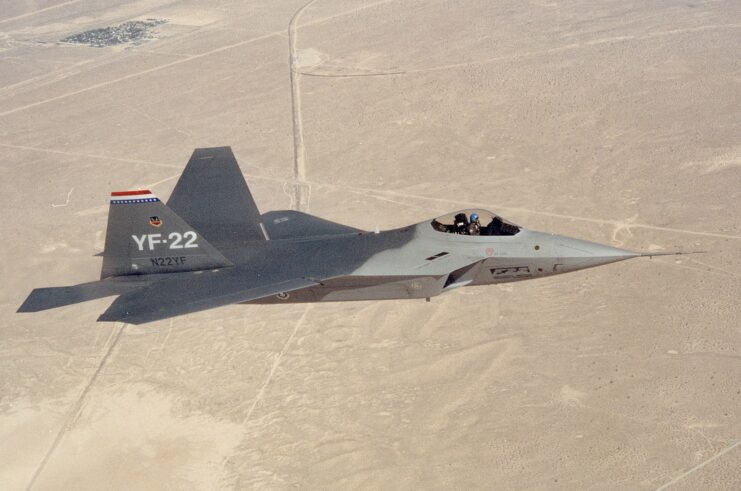
Unfortunately, the Northrop YF-23 wasn’t the design the US Air Force chose to enter production. While it hit much of what the service wanted, there’s was one issue that couldn’t be overlooked: its lack of maneuverability. As aforementioned, Lockheed’s design focused on agility, with thrust-vectoring capabilities, and this was deemed more important than the upgrades Northrop brought with its own design.
Outside of its lack of agility, Lockheed just simply had the upper hand. Its design, which later became the F-22 Raptor, was seen as more adaptable, should it be changed in the future, and the company was thought to have a better, more effective approach to program management.
With the YF-23 out of the running, the two prototypes were sent to NASA‘s Dryden Flight Research Center in California, where they continued undergoing tests, but never saw active service. They have since been put on display, at the Western Museum of Flight and the National Museum of the United States Air Force.
An attempt to revive the Northrop YF-23
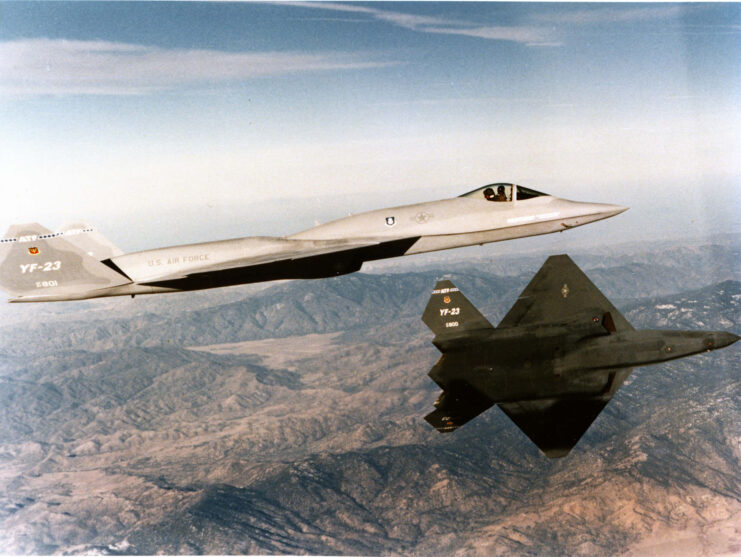
In the early 2000s, there was an attempt to revive the YF-23, with Northrop Grumman proposing a regional bomber variant, the FB-23. This aimed to leverage the original aircraft’s stealth and speed for long-rang strike missions. While initially promising, it wasn’t meant to be, with the US Air Force opting to go with other programs emphasizing greater range and payload capacity.
More from us: Is the Shenyang FC-31 China’s Answer to the US Air Force’s F-35 Lightning II?
Want War History Online‘s content sent directly to your inbox? Sign up for our newsletter here!
Surprisingly, Japan also played a role in the YF-23’s potential revival. Around the same time Northrop Grumman was looking at developing the FB-23 variant, the Asian nation was looking for a fighter aircraft to replace its aging military fleet. There was speculation that an updated version of the YF-23 would be offered up as a contender, but Japan ultimately decided to develop its own, leading to the creation of the Mitsubishi X-2 Shinshin.
